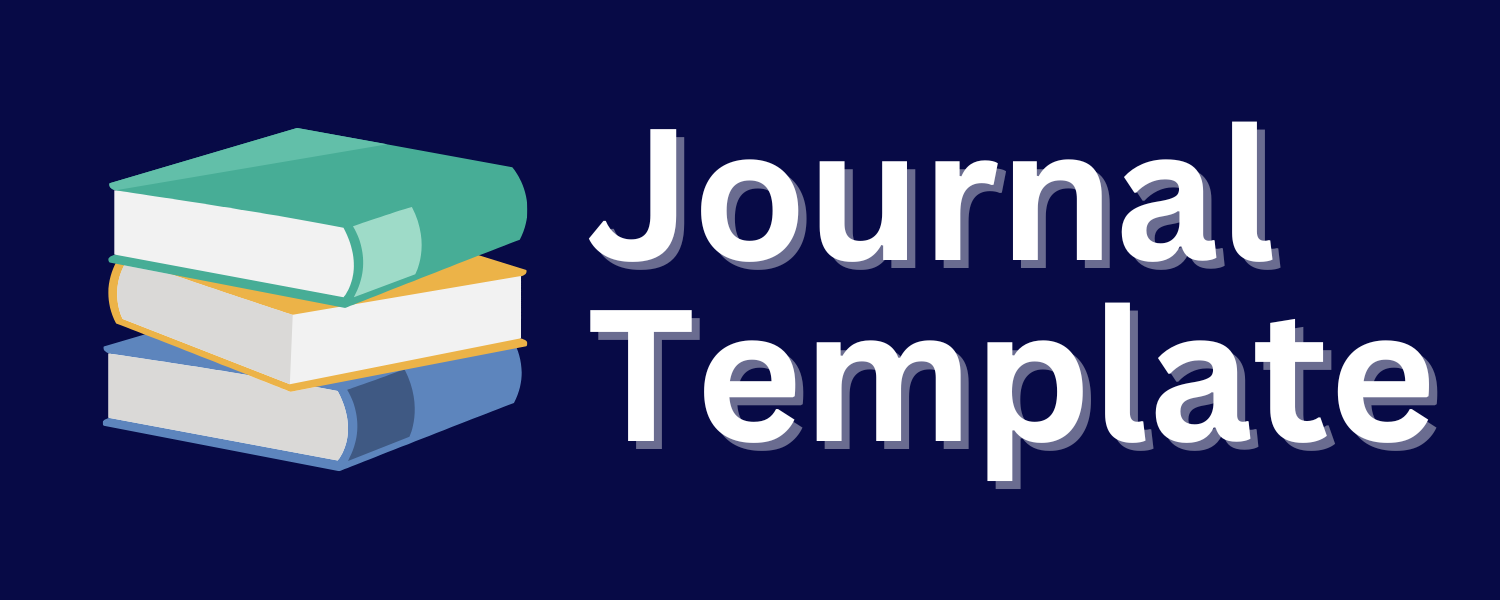Author Guidelines
Types of paper
Journal Enterprise Information System and Applications received research results, case studies, research results in the form of theses and dissertations, as well as editorial opinions, which address the development, implementation, and management of information systems in an enterprise environment. Written in English. It is original (no plagiarism) and has never been published in other media.
Original research paper
original research paper is an article that reports detailed research and classified as primary literature. Its format includes an introduction and background problems, hypotheses, methods, results, interpretation of findings, and discussion sections. The manuscript is written on 10–20 pages using Footlight MT Light font size 11 with 1 spacing on A4 size.
Case study
A case study is an article compiled by enterprise information system and applications practitioners presenting details of unique cases in the information system and applications. The cases are usually those that contribute significantly to the knowledge in the field.
General structure of original research paper and case study
Paper identity
The title should be short and simple. The title of the manuscript is followed by the names of the authors and their affiliations. Last is the complete contact information for the corresponding author, including the email address.
Abstract
The abstract section is made up of one paragraph. The first sentence generally states the aim of the research, and the following sentences explain how the investigation was carried out. The next sentence presents an overview of the experimental results, and the final sentence explains the importance of the results and their impact on the field of study in general. Add 3–6 strong keywords.
Introduction
A manuscript's introduction usually contains a synopsis of the literature on the subject of the study. Typically, an introduction is written in a descriptive style, starting with a broad subject and gradually narrowing in on the work being done. An introduction should, in general, be composed of several paragraphs, the first one or two of which should give background information on the issue under study. Then, in the next paragraph, it explains something more specific. The last paragraph is very important, which is what experimental questions will be answered by a study and how to do it.
Method
The research method contains a direct description of the methods used in a study. The method contains a statement of the materials used in the study, the main procedures, the techniques used in the data retrieval, and the analysis techniques. If the research uses a particular experimental design, the method part also includes the design and set-up of the research. Similarly, for literature research, theoretical or modeling components are also clearly contained in this section.
Result and discussion
The results give the reader access to experimental data. The results (which are also research findings) are generally presented in tables and figures that are interesting and clear. This section of the discussion contains interpretations of research results to give meaning to the reader or provide guidance for further research. All figures and tables need further explanation to reveal the truth.
Conclusion
The conclusion contains a summary of the research findings. Then, followed by the main points of the discussion. A general conclusion ends with a statement about how the research work contributes to the field of study as a whole.
References
This section lists all references cited in the text. Using IEEE style. The citation and reference system must use a Reference Management system such as Mendeley, EndNote, and Zotero. References from accredited national journals of at least SINTA 3 and reputable international journals that have active DOI.
Manuscript/paper template
Manuscript/paper template of original research paper & case study
English version Bahasa Indonesia
Language (usage and editing services)
Please write your text in good English (American or British usage is accepted, but not a mixture of these). Authors who feel their English language manuscript may require editing to eliminate possible grammatical or spelling errors and to conform to correct scientific English may wish to use the English Language Editing service. Articles sent in Bahasa Indonesia will be edited and translated with a fee that will be charged to the authors (proofreading costs around IDR 300,000.00 per 1000 words).
Artwork
- Avoid graphic plots that are too crowded.
- Use the appropriate axis.
- Symbols and data sets must be clear, easily distinguishable.
- Make sure you use uniform lettering and sizing of your original figure/artwork.
- Number the illustrations according to their sequence in the text.
- Figures should always be cited in text in consecutive numerical order.
- Figure parts should be denoted by lowercase letters (a, b, c, etc.).
- If an appendix appears in your article and it contains one or more figures, continue the consecutive numbering of the main text. Do not number the appendix figures, "A1, A2, A3, etc."
- Examples of using Figure, available in manuscript/paper template.
Tables
- Please submit tables as editable text and not as images.
- Tables can be placed either next to the relevant text in the article, or on separate page(s) at the end.
- Number tables consecutively in accordance with their appearance in the text and place any table notes below the table body.
- Be sparing in the use of tables and ensure that the data presented in them do not duplicate results described elsewhere in the article.
- Please avoid using vertical rules and shading in table cells.
- Tables should always be cited in text in consecutive numerical order.
- Examples of using Figure, available in full in manuscript/paper template.


